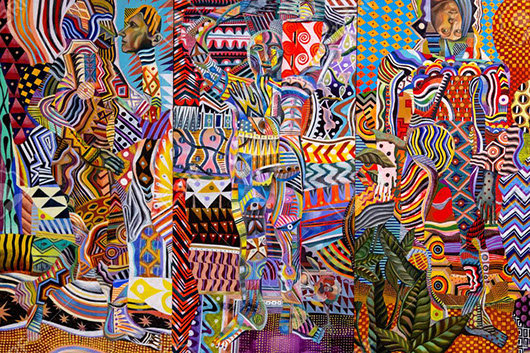
EVENING SALE
MODERN ART
JUNE 21, 2022
The artist group Red-Blue - founded on New Year’s Eve 1924/25: Paul Camenisch, Herrmann Scherer, Werefkin, Albert Müller and Ernst Ludwig Kirchner.
A reverse movement to Impressionism. The artists now no longer want to process their
„impressions“, but to „express“ themselves. One of the leading figures of Expressionism was the German Ernst Ludwig Kirchner.
ITEMS
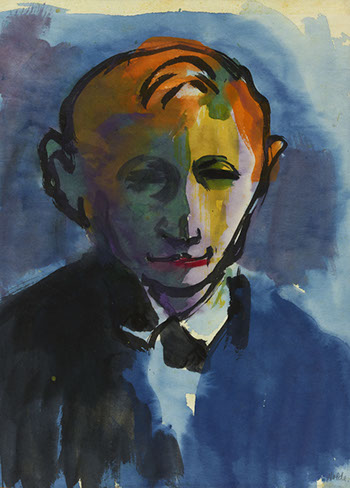
Emil Nolde „Bauernsohn“
around 1920/1925
Evaluation price: 40.000 - 50.000 €
His work is currently being shown at multiple venues like Kunsthalle Mannheim and will be on exhibit at Pinakothek der Moderne in Munich on March 31, 2022. Numerous key galleries and museums such as Stedelijk Museum have featured Emil Nolde’s work in the past.Emil Nolde’s work has been offered at auction multiple times, with realized prices ranging from $4 USD to $7,344,500 USD, depending on the size and medium of the artwork. Since 1998 the record price for this artist at auction is $7,344,500 USD for Herbstmeer XVI, sold at Christie’s New York in 2020. Emil Nolde has been featured in articles for Hyperallergic, ArtDaily and Deutsche Welle.
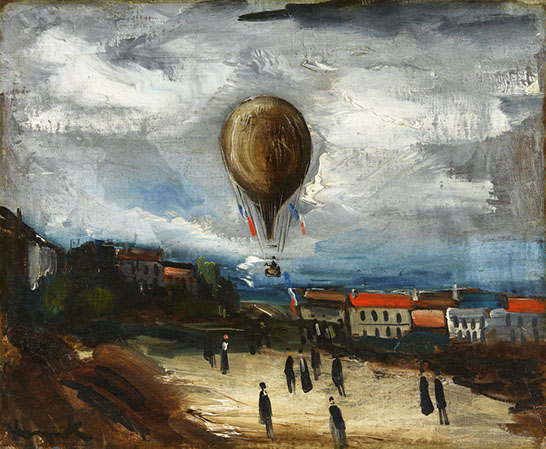
Maurice
de Vlaminck
„Ballon à Pontoise“
1923
Evaluation price: 80.000 - 100.000 €
In his memoirs Maurice de Vlaminck regrets the extensive possibilities of modern civilization, especially with regard to travel, or rathe the problem-free reaching of destinations, which no longer open up any scope for the imagination of the visual artist:„The new means at the disposal of modern life, which enable the traveler to pass from one country to another, to pass from north to south and from west to east, all the distractions and seductions offered to his hand and his spirit, they all quickly annihilate the creative possibilities of even the most gifted artist. […] The new things that one discovers, even if one crosses the whole world, are only superficial impressions of a tourist! The result is a light commodity, created without risk and without effort, because whatever you undertake, the real creative possibilities you carry within and with you, in your head, in your heart, in your luggage.“
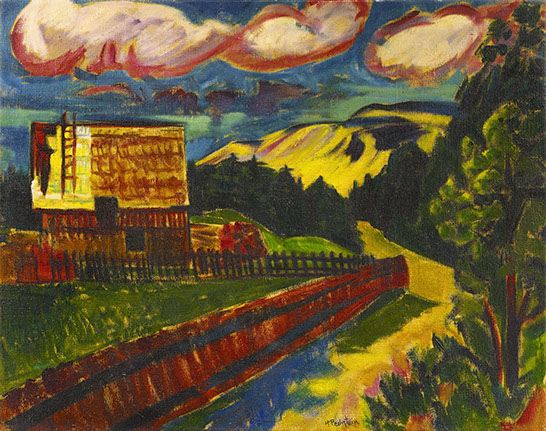
Hermann Max
Pechstein
„Dorfende und
Wanderdüne in Nidden“
1922
Evaluation price: 200.000 - 250.000 €
Beginning in 1909 Max Pechstein travelled to Nida, a town on the Curonian Spit, a total of six times. At the foot of the shifting dunes, he spent productive summer months between the Baltic Sea and the lagoon. The year 1920 would be the painter’s last chance for some time to visit what he experienced as a magical location: according to the Treaty of Versailles, it was to be placed under allied administration that same year. Before the winter in which he created important works like the series of woodcuts
“Das Vater Unser” and the now largely lost series “Fischerleben”, Pechstein used the summer months to work intensively outdoors: “Painting pictures and dreaming of pictures, the faces are piling up, time is short, at 1/2 8 I’m already dead tired and in bed,
because hauling the paint box, easel and canvases in the sand, working and bathing devour energy, so I’m lean like the pines …
feel happy and wading in paint”, wrote the artist in a letter to Thekla Hess from 25 July.
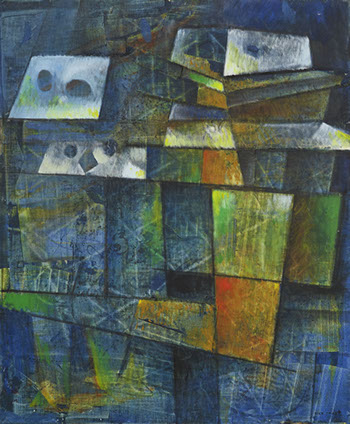
Max Ernst
„Flaneurs
(Les enfants de la Huchette)“
1954
Evaluation price: 250.000 - 350.000 €
The painting “Flaneurs” simultaneously unites a number of extremely characteristic elements from Max’s Ernst’s universe. The bird-like heads of the depicted figures suggest Ernst’s most deeply individual self, the “Vogelobrer Loplop”,
as well as the forms and figures of Native American mythology - a reminder of the time he spent in Arizona and his interest in Kachina dolls.
The painted surface points to Max Ernst’s cherished frottage: a rubbing technique resembling tracing with found objects. Max Ernst’s work had already been inhabited by “Kopfwesen” - head creatures - since the mid-1930s. He created carved and cast sculptures such as “Gaia” or the moon asparagus “Les asperges de la lune”, which are cited in the heads of the passage to the left in the present work, while the figure on the right with the triangular head may have in turn provided the inspiration for the 1965 sculpture
“Völkerkundemuseum” (see ref. ill. 1 and 2). The self-referential aspect, a certain form of automatism and self-abnegating surrender to the found world of objects as well as the imaginary presumably also had their origins in the spirit of surrealism.
Follow us
SUPPORT
Contact us
Locations
Download the App
FAQ
CORPORATE
Press
Private policy
Private Governance
Career
MORE
Security
Terms & conditions
Modern slavery statement
Do not send my personal
Information